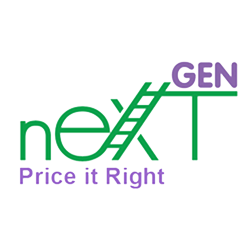Many consignment shop owners believe that a location with a wealthy clientele will bear higher prices than a less affluent location. The store owners participating in the development and piloting of NextGen’s Women’s Consignment Pricing System, questioned NextGen’s insistence that a pricing system could fit all markets. We expressed some pride in our ability to know what our markets would bear.
NextGen pointed out that resale franchises have for years employed largely brand-driven pricing models, with prices that worked across markets. They explained the obvious—that the retail prices of women’s accessories and apparel for a given item and brand are the same irrespective of the market in which they’re sold.
We took a wait and see attitude, pending the results of their multi-store sales analyses. What we learned was that brand was the most important factor in pricing. We found a couple of surprising patterns. One, that exact same items were selling for more in lesser markets and for less in better markets. And, two, that our pricing practices were not consistent.
Everyone knows the real estate mantra, “Location, Location, Location” when shopping for a home. We are now convinced that in pricing women’s consignment, it’s “ Brand, Brand, Brand.” While the NextGen Women’s Consignment Pricing System certainly allows for location as a factor in pricing, it doesn’t carry nearly the weight as the brand.
The NextGen Women’s Fashion Pricing System takes the guesswork and agony out of pricing. More consistent pricing means more money for store owners and their consignors.

